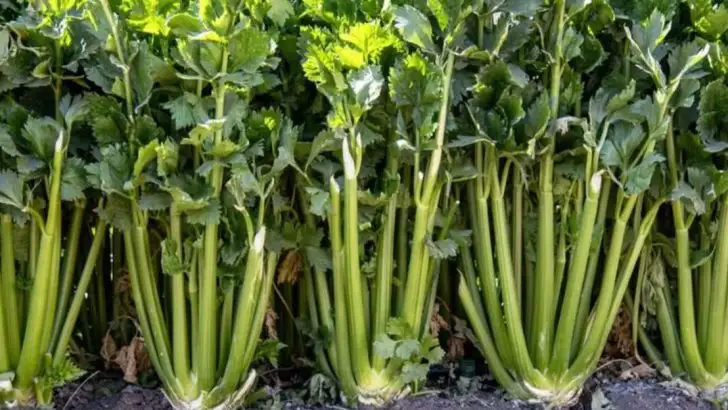If your celery isn’t growing well, there are a few common issues to consider. First, celery needs rich, well-drained soil with a slightly acidic pH, so adding organic compost can help if the soil is lacking nutrients. It also requires consistent moisture, but avoid overwatering, as waterlogged soil can cause root rot.
Ensure your celery gets 6-8 hours of sunlight daily. If planted in the shade, it may struggle to develop thick stalks. Additionally, space is crucial—plant celery at least 6 inches apart to allow for proper growth.
Lastly, check for pests and diseases like aphids or fungi, which can hinder growth. By adjusting soil, water, sunlight, space, and pest control, your celery should thrive!
Poor Soil Quality
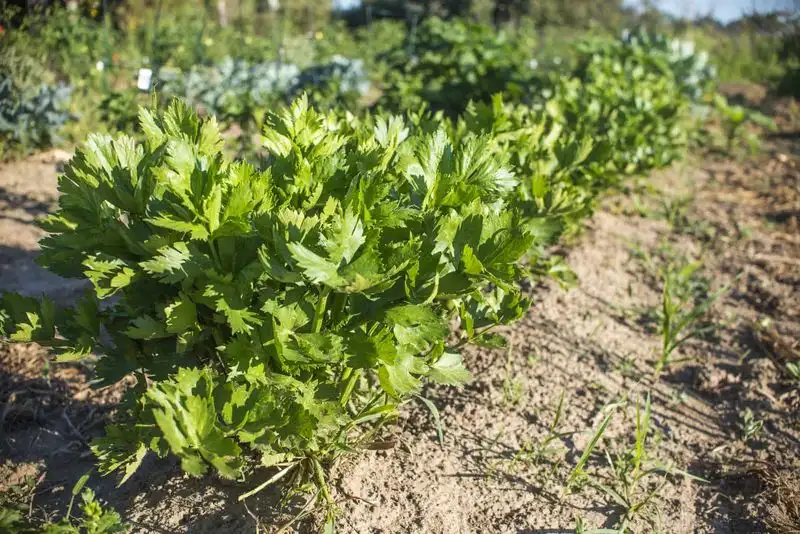
Rich soil is essential for celery to thrive. If the soil lacks nutrients, your plants will struggle to grow. Regularly test your soil’s pH and nutrient levels. Aim for a well-balanced, nutrient-rich environment. Adding organic matter or compost can significantly improve soil quality, providing the necessary conditions for growth. Be cautious of overly sandy or clay-heavy soils, as they impede water retention and root expansion. Amend poor soil by working in organic materials, enhancing its texture and fertility. A little attention to your soil’s health can yield impressive results, transforming weak plants into robust celery.
Inadequate Watering
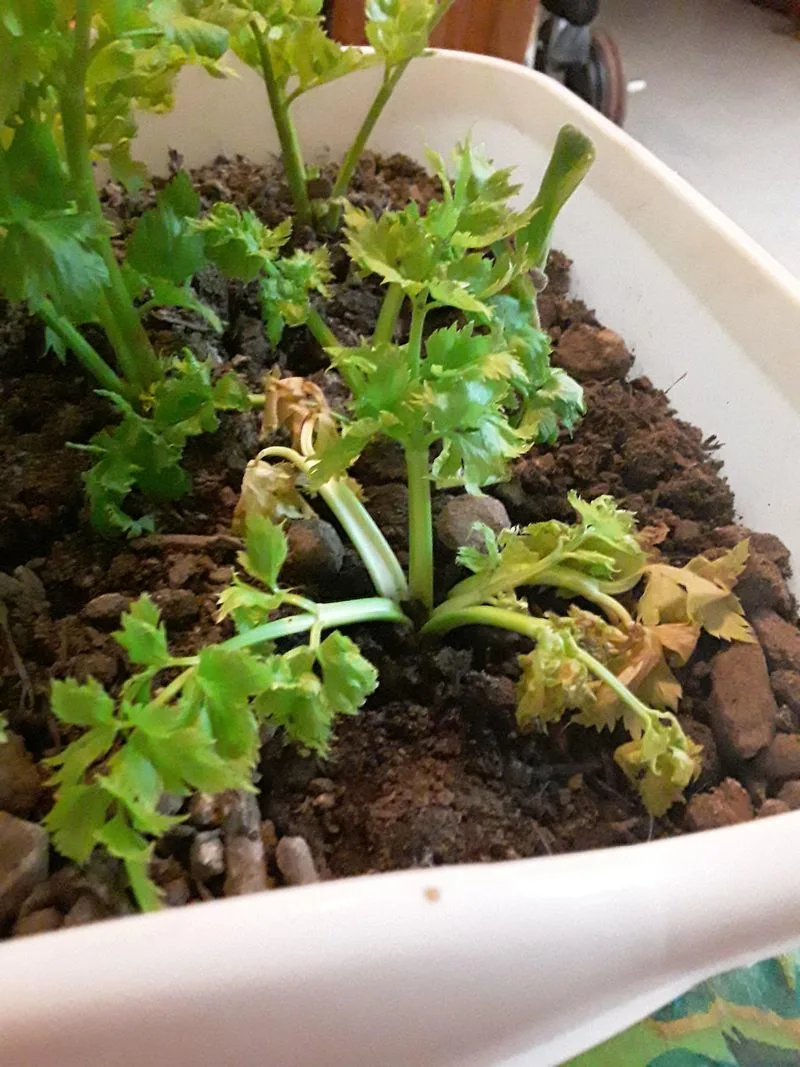
Celery requires consistent moisture to grow well. Fluctuating water levels stress the plants, leading to stunted growth or bitter taste. Ensure your celery receives regular watering, especially in hot, dry spells. Drip irrigation systems can help maintain even moisture, reducing the risk of underwatering. On the other hand, excessive watering drowns roots, so maintain a balance. Monitor weather conditions and adjust your watering schedule accordingly. Mulching around the base can conserve moisture and stabilize soil temperatures. Prioritize consistent watering to keep celery thriving, ensuring a crisp and flavorful harvest.
Insufficient Sunlight
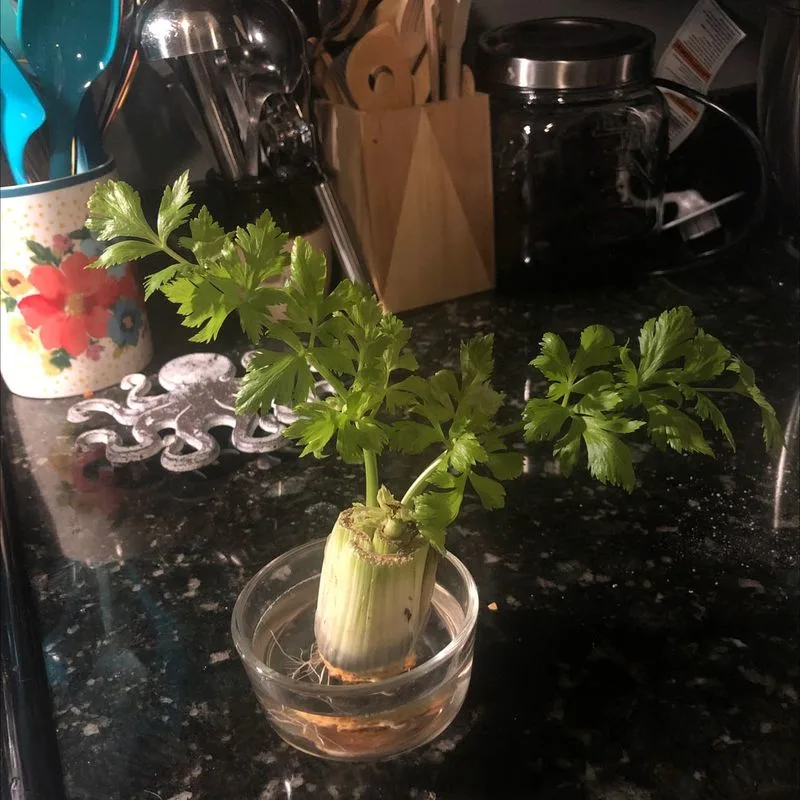
Sunlight is crucial for photosynthesis, the process by which plants make food. Without adequate light, celery may become weak and spindly. Position your garden where it can receive six to eight hours of sun daily. If large trees or structures cast shade, consider trimming or relocating your plants. Observe how sunlight moves across your garden to identify optimal planting spots. Use reflective surfaces or garden mirrors to increase available light. Strategic placement can dramatically improve your celery’s health and yield. Ensure your plants bask in sunlight for robust, thriving growth.
Wrong Planting Depth
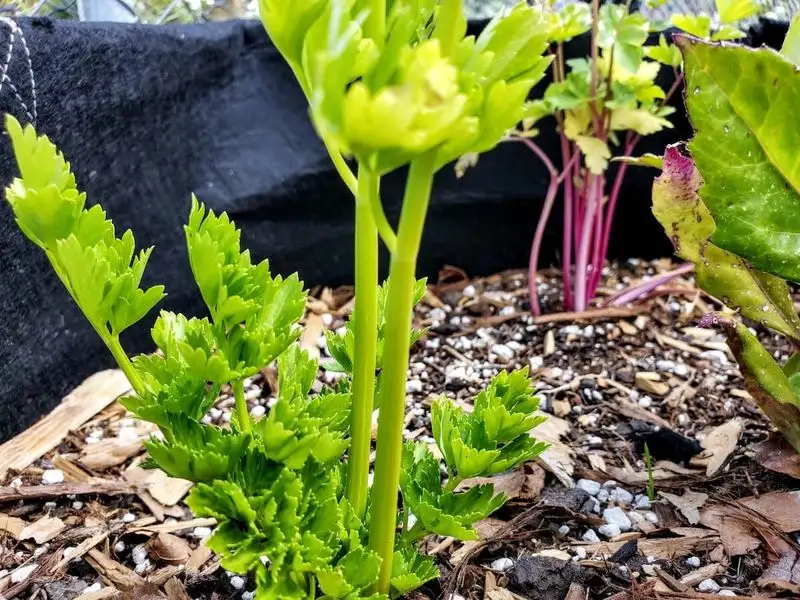
Planting celery too deep or too shallow affects its growth. Ideally, seedlings should be planted at the same depth as in their nursery containers. If planted too shallow, roots may dry out; too deep, the plant might rot. When transferring seedlings, ensure the root ball is just below the soil surface. Firmly pack the soil around the base to support the plant while allowing water to penetrate easily. Adjust the depth if necessary during the initial planting phase to promote vigorous growth. Correct planting depth is key to healthy celery development.
Pest Infestation
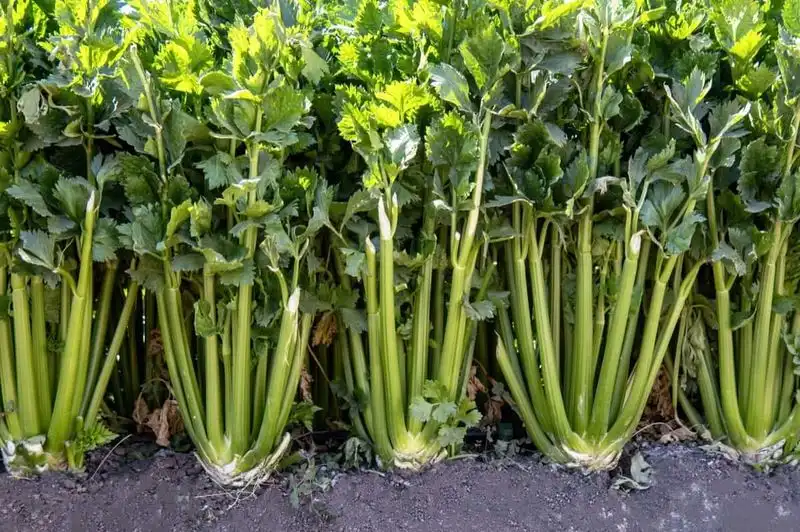
Pests such as aphids and slugs can wreak havoc on your celery. Regularly inspect plants for signs of infestation, like chewed leaves or discolored spots. Employ natural pest control methods, like introducing beneficial insects or using organic sprays. Keep the garden clean and free of debris where pests thrive. Crop rotation can also reduce pest buildup over time. Addressing pest issues promptly prevents them from escalating, safeguarding your plants. Vigilance and proactive management are essential to maintaining a pest-free environment for your celery.
Nutrient Deficiency
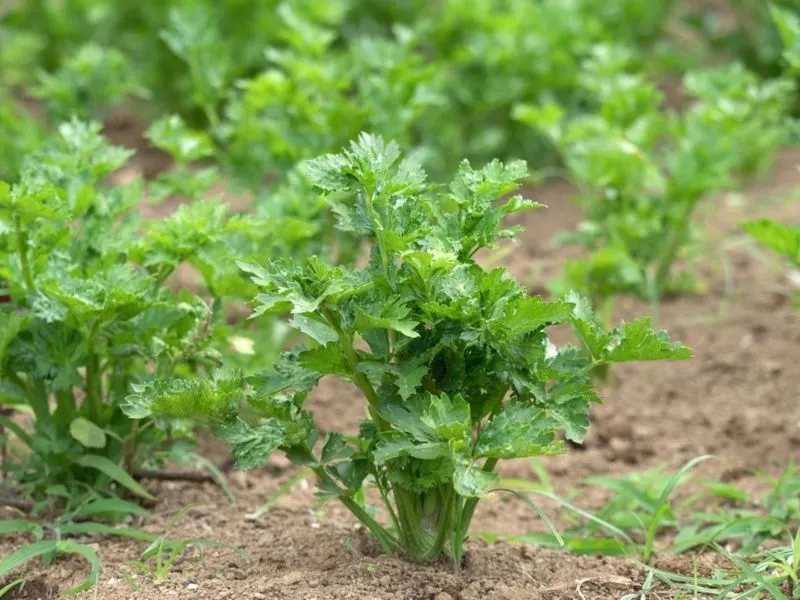
Nutrient deficiencies can manifest in yellowing leaves or poor growth. Conduct regular soil tests to track nutrient levels, adjusting as needed. Celery requires nitrogen, potassium, and phosphorus for healthy development. Use a balanced fertilizer to rectify deficiencies, ensuring you follow recommended application rates. Compost and organic matter enrich the soil naturally, providing essential nutrients. Addressing deficiencies promptly helps your celery reach its full potential. Monitoring and amending nutrient levels is vital for a thriving garden. With proper care, your plants will flourish, rewarding you with a bountiful crop.
Incorrect Temperature
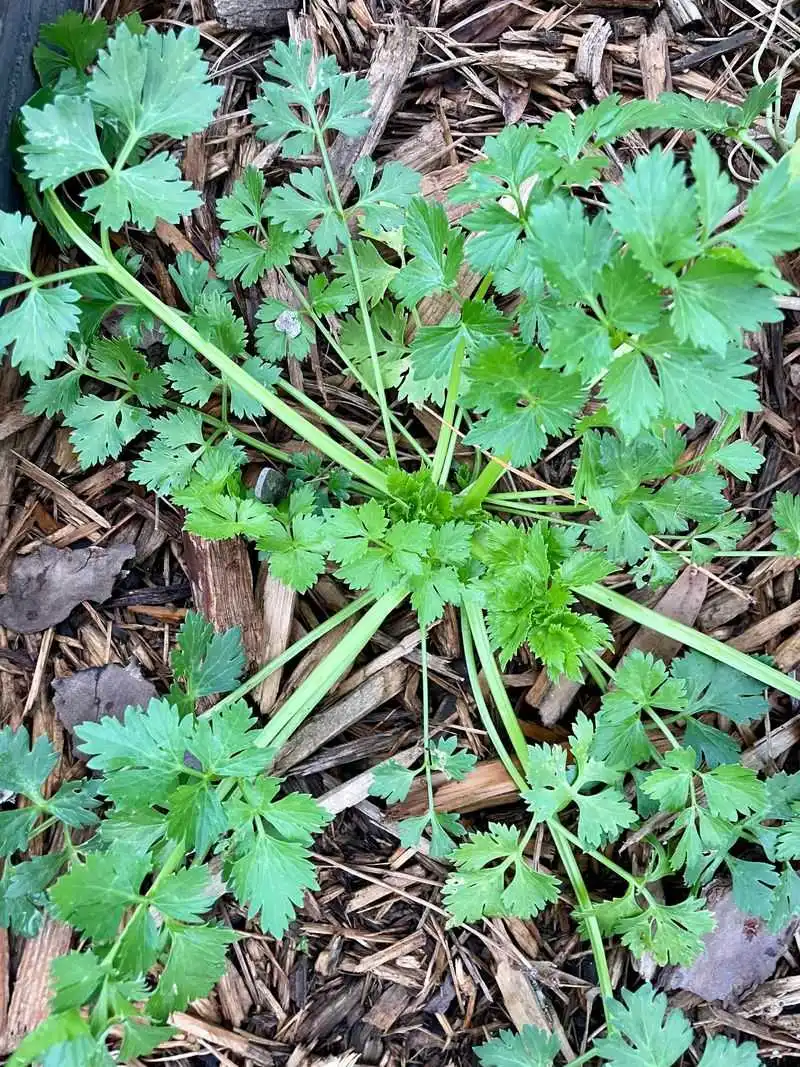
Celery prefers cool temperatures, and extremes can stress plants. When temperatures rise above 75°F or dip below 50°F, growth may slow. Use shade cloths or row covers to mitigate temperature fluctuations, creating a more stable environment. Plant celery early in the season to avoid summer heat, or choose heat-resistant varieties. In cold climates, consider greenhouse planting to extend the growing season. Careful management of temperature ensures celery remains healthy and productive. Being mindful of climatic conditions helps maintain optimal growth, maximizing your harvest potential.
Improper Spacing

Overcrowding can limit resources, leading to poor growth. Celery needs space for roots to expand and access nutrients. Follow recommended spacing guidelines, typically 12 inches apart, to ensure each plant has ample room. Thinning seedlings can prevent overcrowding early on. Proper spacing encourages air circulation, reducing disease risk. Evaluate your planting layout each season to optimize space and resource allocation. Thoughtful planning allows celery to thrive without competition, resulting in healthier plants and a more productive garden. Allocate space wisely for the best results.
Over-Fertilization
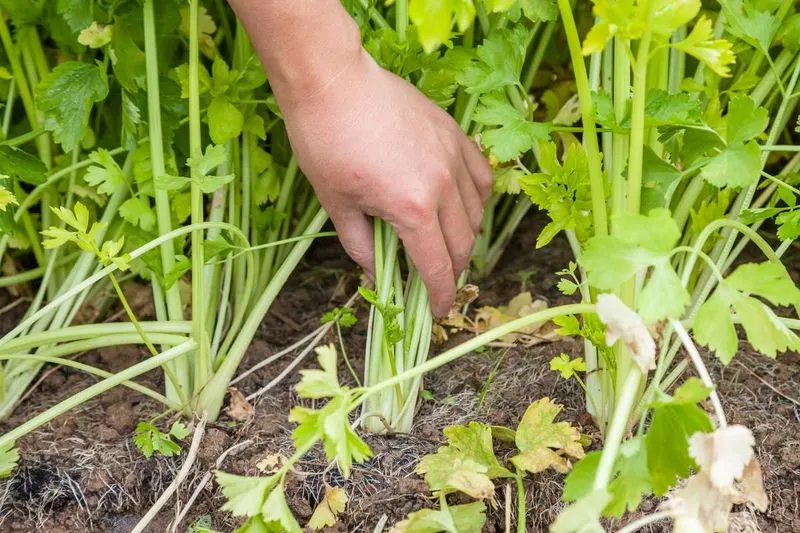
Too much fertilizer can harm celery, causing leaf burn or weak growth. Follow the label’s instructions for application rates and frequencies. Over-fertilization disrupts the nutrient balance, potentially harming your plants. Use slow-release fertilizers to steadily provide nutrients. Monitor your garden for signs of over-fertilization, like crusted soil or wilting plants. Conduct soil tests to avoid excessive nutrient buildup. Balance is key; providing just enough nutrients without overwhelming your celery ensures robust development. A measured approach keeps your garden flourishing without risking plant health.
Compacted Soil
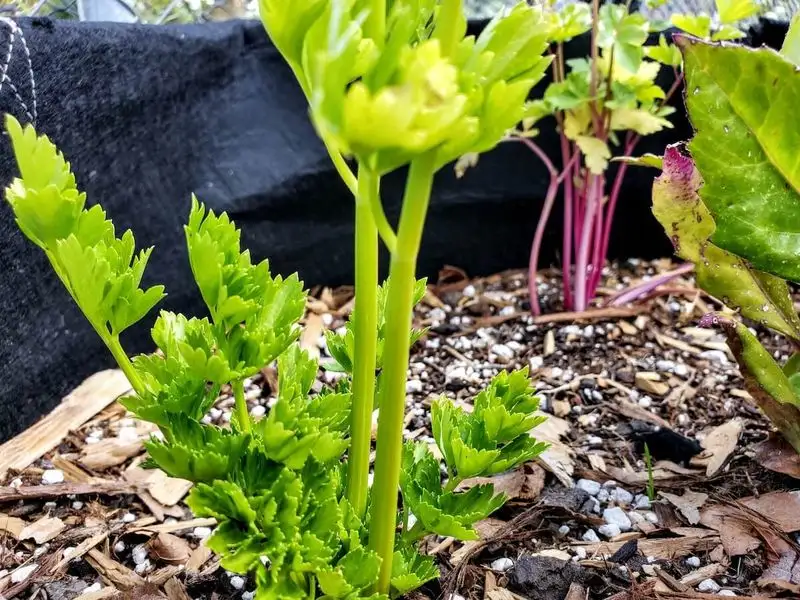
Compacted soil restricts root growth and water penetration, hindering celery’s development. Regularly aerate your garden to improve soil structure. Loosen the soil with a fork or aerator tool, allowing roots to spread easily. Avoid walking on garden beds, which compacts the soil further. Incorporate organic matter like compost to enhance aeration and fertility. Proper soil management encourages root expansion and nutrient absorption, promoting healthy plant growth. Regular attention to soil condition keeps your celery thriving, providing a strong foundation for success.
Disease
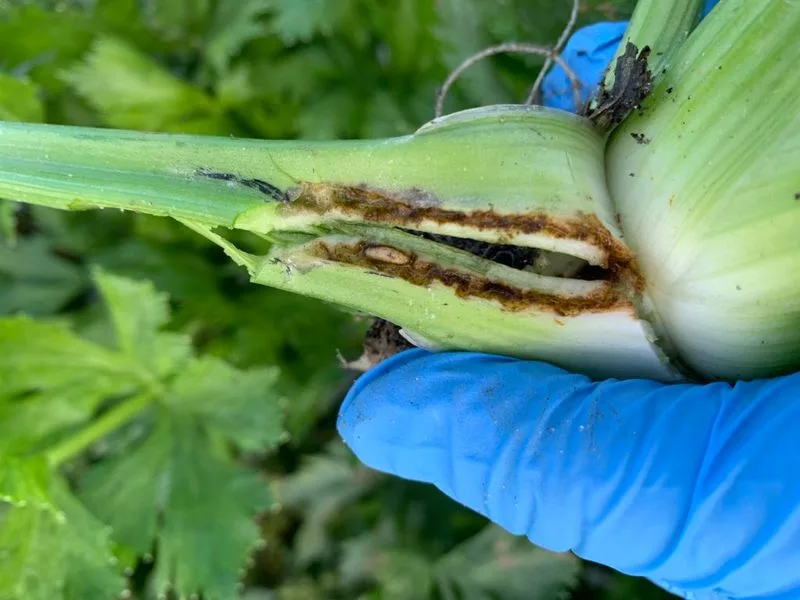
Diseases such as blight and leaf spot can severely impact celery. Vigilantly monitor plants for symptoms like discolored leaves or wilting. Practice crop rotation to minimize disease buildup in the soil. Remove and dispose of infected plants promptly to contain outbreaks. Consider resistant celery varieties for added protection. Maintain good garden hygiene by cleaning tools and avoiding over-watering, which fosters fungal growth. Early detection and intervention are crucial in managing plant diseases. Staying proactive helps safeguard your celery from potential threats.
Inadequate Drainage
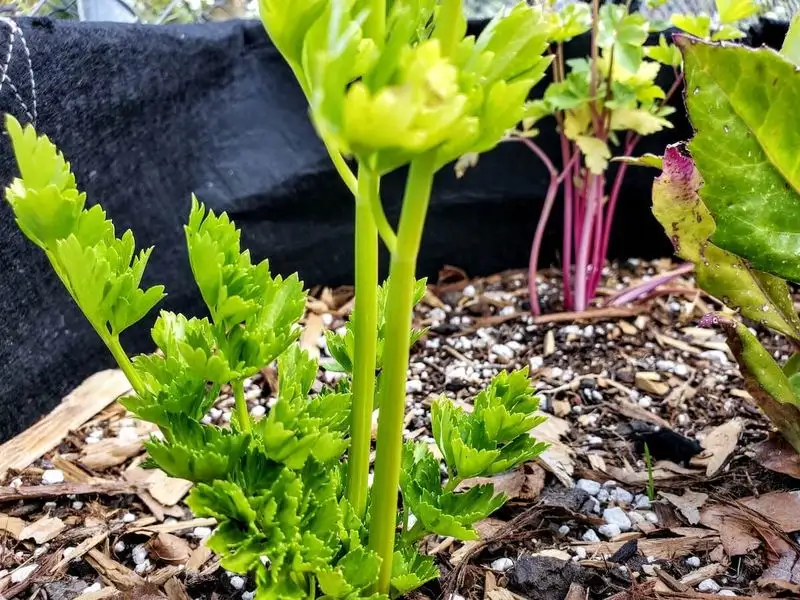
Poor drainage can lead to waterlogged roots, stressing celery. Ensure your garden has good drainage, especially after heavy rains. Raised beds or well-amended soil can prevent standing water. If drainage is an issue, consider installing underground pipes or creating channels to redirect excess water. Monitor how water moves through your garden, adjusting as needed to keep roots healthy. Adequate drainage keeps celery roots free from rot and disease. Thoughtful planning and soil management provide the best environment for your celery.
Lack of Mulching
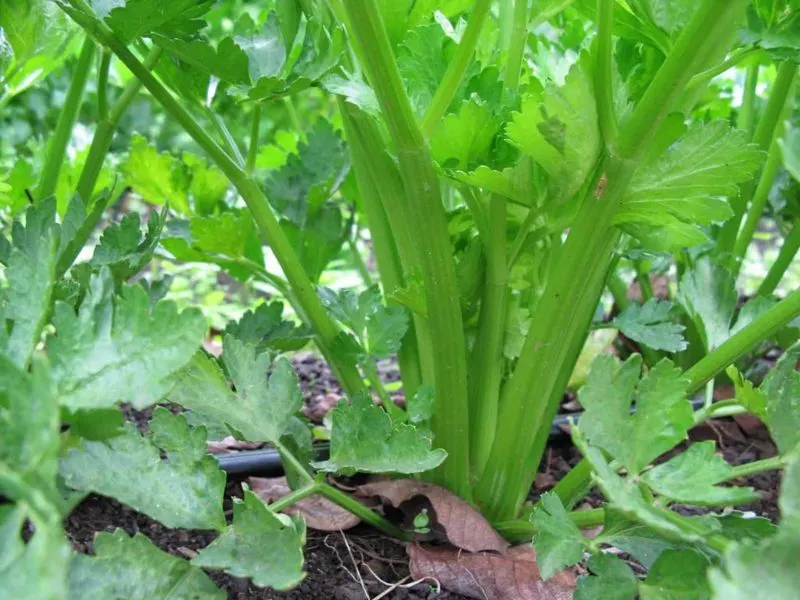
Mulching offers numerous benefits for celery. It conserves moisture, regulates soil temperature, and suppresses weeds. Spread organic mulch around your plants, ensuring it doesn’t touch the stems. This creates a protective barrier, enhancing the growing conditions. Mulch breaks down over time, enriching the soil with nutrients. Regularly replenish mulch to maintain its effectiveness. Incorporating mulching into your gardening routine supports healthy, robust celery growth. The protective layer it provides can markedly improve plant health, offering a simple yet effective solution to many growth challenges.
Improper Harvesting
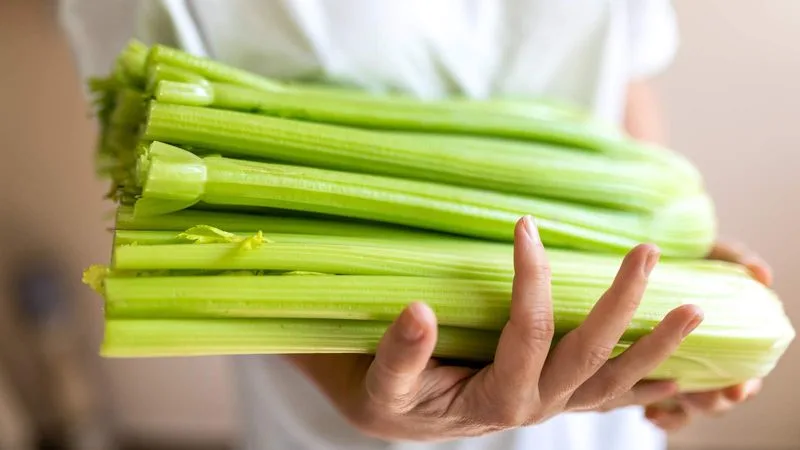
Harvesting celery requires care. If done improperly, it can damage plants and reduce future yields. Use a sharp knife to cut stalks at the base, avoiding tearing. Harvest in the morning when plants are crisp and hydrated. Select mature stalks while leaving smaller ones to develop. Proper harvesting ensures continuous production and encourages new growth. Handle plants gently to prevent bruising, which can invite disease. Thoughtful techniques protect your crop, maximizing yield and quality. With mindful harvesting practices, enjoy a plentiful and healthy celery harvest.
Age of Seeds
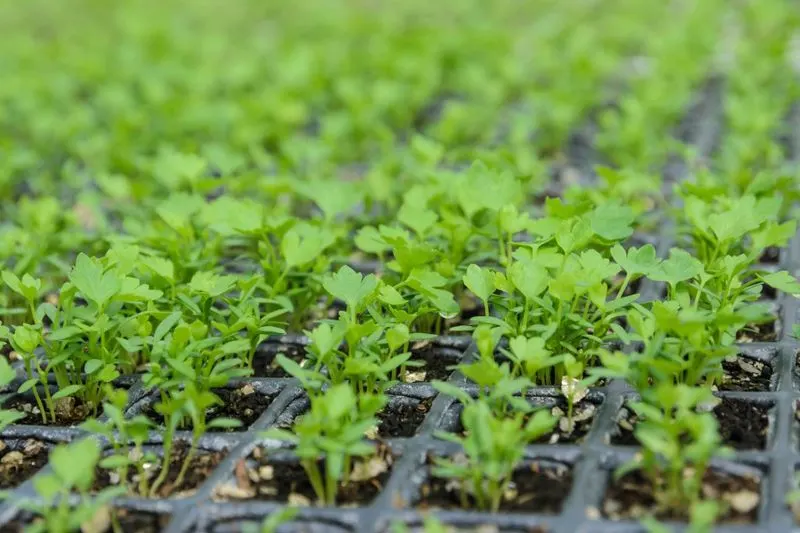
Seed age affects germination rates. Older seeds may not sprout as reliably as fresh ones. Check expiration dates on seed packets and choose the freshest seeds available. Store seeds in a cool, dry place to maintain viability. Testing germination rates before planting can save time and effort. Fresh seeds ensure a robust start for your celery plants. Paying attention to seed quality enhances your gardening success. Starting with viable seeds sets the stage for healthy plants and abundant harvests. Prioritize fresh seeds for optimal growth results.

